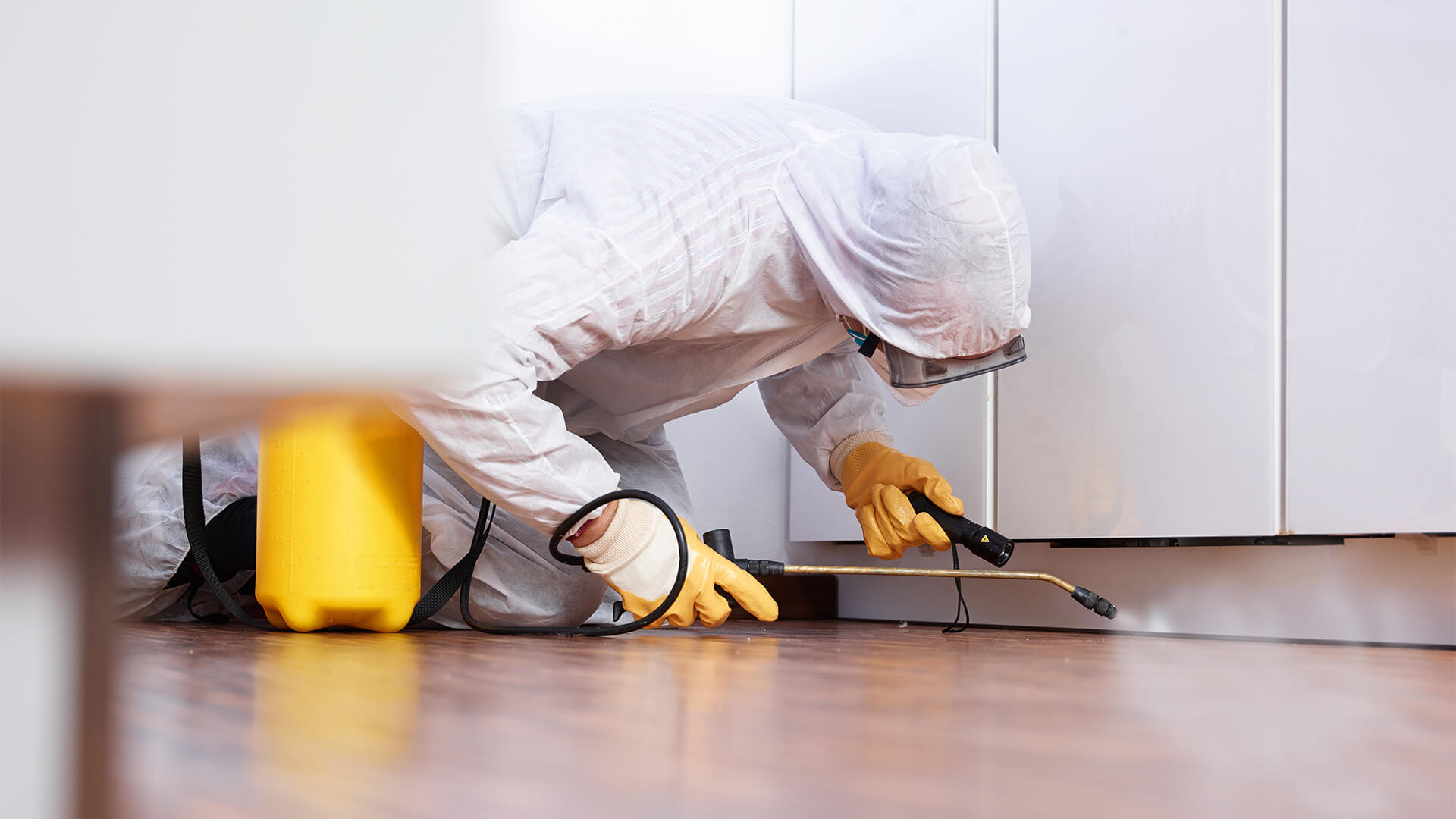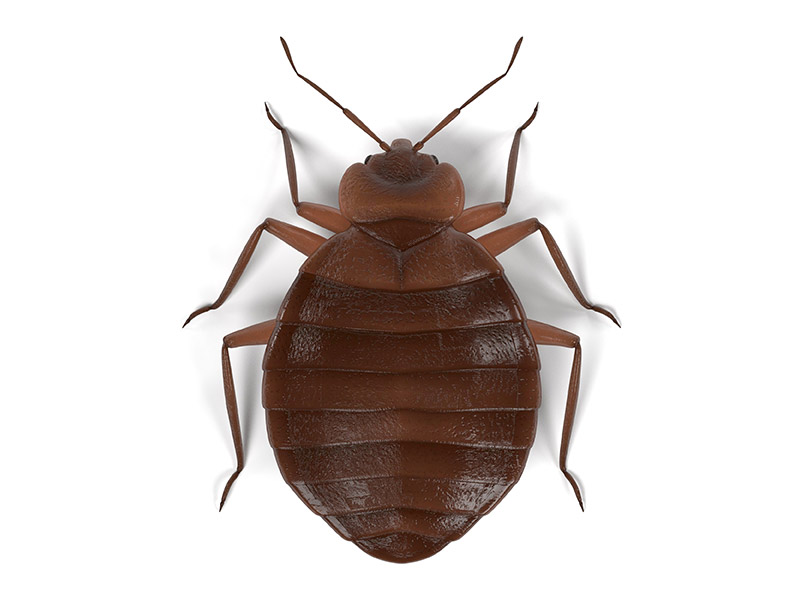Trusted Pest Control to exterminate pests and termites effectively.
Trusted Pest Control to exterminate pests and termites effectively.
Blog Article
Eco-Friendly Bug Control Approaches for Taking Care Of Wild Animals in Urban Locations
Urban areas frequently locate themselves at the crossway of human activity and wildlife, leading to unique challenges in bug administration. Green strategies emphasize sustainable coexistence, using strategies such as habitat modification and natural repellents to mitigate human-wildlife disputes. These methods not just safeguard the atmosphere however likewise enhance area interaction in wild animals monitoring. As urban populations remain to grow, recognizing the dynamics of wild animals interactions comes to be increasingly critical. What innovative techniques can be implemented to make sure both eco-friendly balance and city safety? Exploring this concern discloses an engaging landscape of potential options.
Recognizing Urban Wild Animals Characteristics
Comprehending Urban Wild animals Dynamics is important for creating reliable and environment-friendly bug control methods. Urban locations are progressively ending up being environments for various wild animals species, driven by elements such as environment fragmentation, food accessibility, and human advancement. Identifying these characteristics permits a nuanced approach to pest monitoring that aligns with eco-friendly concepts.
Urban wildlife usually consists of species such as raccoons, squirrels, and birds, which adapt to city atmospheres, discovering particular niches in green spaces, parks, and even suburbs. Their visibility can cause disputes with humans, especially when they manipulate personnels for food and sanctuary. Understanding the actions and environmental functions of these varieties notifies methods that minimize unfavorable communications while promoting biodiversity.
Moreover, acknowledging the interdependencies within city communities aids in determining critical areas for habitat preservation and reconstruction. This expertise adds to the advancement of incorporated insect administration (IPM) strategies that think about the environmental balance, therefore lowering dependence on unsafe chemicals. By fostering coexistence between people and city wildlife, cities can produce healthier atmospheres that profit both citizens and neighborhood environments, leading the method for sustainable metropolitan living.
Natural Repellents and Deterrents
Natural repellents and deterrents use a lasting choice to conventional insect control techniques by using the power of nature to maintain undesirable varieties away. These environment-friendly options generally utilize plant-based components, necessary oils, and other normally taking place substances that hinder bugs without hurting the setting.
One reliable natural repellent is peppermint oil, which is understood to ward off rats and bugs. Its strong aroma is undesirable to lots of bugs, making it a popular option for urban settings. Vinegar and citrus peels can serve as deterrents, as their strong smells are commonly unattractive to different wildlife.
Additionally, diatomaceous planet is an all-natural powder that can be spread out in locations susceptible to bug task, effectively dehydrating and deterring insects without posturing risks to non-target types. Garlic sprays and neem oil are acknowledged for their capability to repel a large range of bugs, consisting of both bugs and bigger wild animals.
Applying these all-natural repellents not only decreases reliance on chemical Bed bug exterminator Port Charlotte pesticides but additionally promotes a much healthier urban ecosystem, promoting an extra well balanced conjunction in between people and wild animals. By utilizing these methods, city areas can successfully manage bug populaces while lessening environmental influence.
Environment Alteration Strategies
Efficient habitat alteration methods play an important function in sustainable parasite administration by changing the atmosphere to make it much less for pest invasions. By recognizing the eco-friendly dynamics of metropolitan areas, residential or commercial property proprietors can execute tactical alterations that hinder bugs while promoting biodiversity.
(Bed bug exterminator Port Charlotte)One key strategy involves keeping correct sanitation. This consists of routine waste elimination, securing garbage containers, and getting rid of standing water to lower breeding websites for pests and rodents. In addition, landscaping methods such as picking indigenous plants can enhance ecological balance, supplying habitats for useful organisms while reducing sources for pests.
One more essential technique is to seal access factors in buildings. Evaluating and fixing fractures in structures, walls, and windows can significantly reduce insect gain access to. Furthermore, developing physical barriers, such as fencings or plant barriers, can prevent wild animals activity right into human-inhabited locations.
Integrated Insect Management Practices
Structure upon habitat modification methods, incorporated bug administration (IPM) methods supply a holistic strategy to regulating insect populaces while lessening ecological impact. IPM integrates various approaches, consisting of organic, cultural, mechanical, and chemical controls, to attain reliable parasite monitoring.
Biological control entails the introduction of natural killers or parasites to minimize insect populaces. Social methods, such as crop turning and cleanliness, interfere with pest life cycles and diminish their habitats - Pest Control. Mechanical controls, like catches and barriers, offer immediate relief from bug pressures without chemical treatment
Chemical controls are used as a last resource, concentrating on targeted applications that restrict injury to non-target types and the environment. The option of environmentally pleasant chemicals, when necessary, is important to the IPM structure. In addition, monitoring insect populations and assessing possible damage assists educate decision-making, making sure that treatments are timely and effective.
Neighborhood Participation and Education

(Interior Pest Control)Workshops and informative sessions can equip citizens with knowledge regarding native types, habitat preservation, and efficient non-toxic pest management strategies. Partnership with schools, neighborhood organizations, and federal government firms further boosts instructional outreach, making certain that necessary information reaches diverse audiences.
In addition, community-led efforts, such as area clean-up days and environment reconstruction projects, not only promote biodiversity however likewise enhance neighborhood connections. Pest Control. By encouraging residents to share their experiences and monitorings, communities can establish targeted approaches that address certain neighborhood parasite issues
Including feedback from homeowners right into parasite management prepares enables an extra responsive and flexible technique to wildlife difficulties. Inevitably, notified and involved areas are essential to achieving long-term success in green pest control, resulting in much healthier metropolitan atmospheres that respect both human and ecological demands.

Final Thought
In conclusion, eco-friendly parasite control approaches deal sustainable solutions for handling metropolitan wildlife. By focusing on habitat modification, using all-natural repellents, and executing integrated insect management methods, communities can foster a harmonious coexistence with regional animals.
Report this page